Statue rubbing – a quest for life energy?
- 22 September 2025
- Posted by: Michael H Hallett
- Category: Arts ,
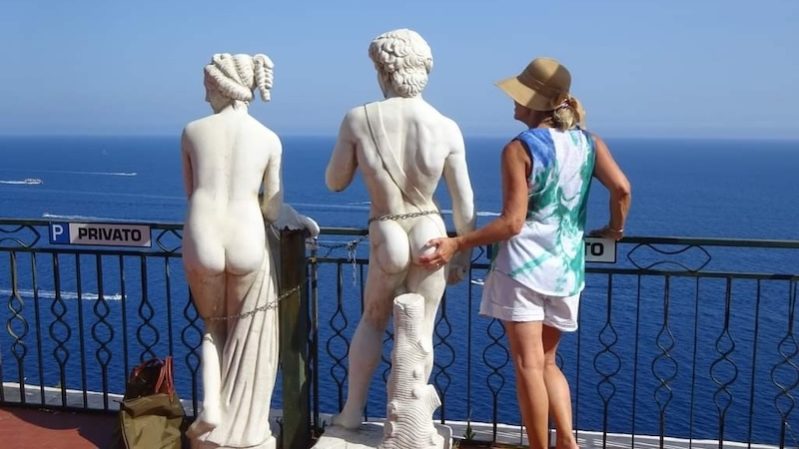
A line of research recently led me to some ritualised human behaviour I wasn’t previously aware of—the practice of statue rubbing.
What is statue rubbing?
We know it’s a thing because it’s in Wikipedia:
“Statue rubbing is the act of touching a part of a public statue. Popular among tourists, it is a form of superstition that is believed to bring good luck, ensure a return to the city, improve love life or make a wish come true.”
The practice involves rubbing specific parts of statues—usually the most protruding—such as noses and feet. A significant proportion of statue rubbing involves breasts and genitalia, which are believed to attract love or confer fertility.
What makes statue rubbing such a curious phenomenon is that few statues attract this attention. Some of them are understandable—Lincoln’s tomb in Springfield, Illinois; (Romeo and) Juliet’s statue in Verona, Italy; Saint Peter in the Vatican City.
Yet others seem less obvious: the Saint John of Nepomuk plaques in Prague; the Timothy Eaton statue—a retailer, since you ask—in Winnipeg, Canada; the badger outside the Wisconsin Capitol building.
Statues known for breast rubbing include Molly Malone in Dublin, Ireland (below) and Juliet in Verona (bottom).
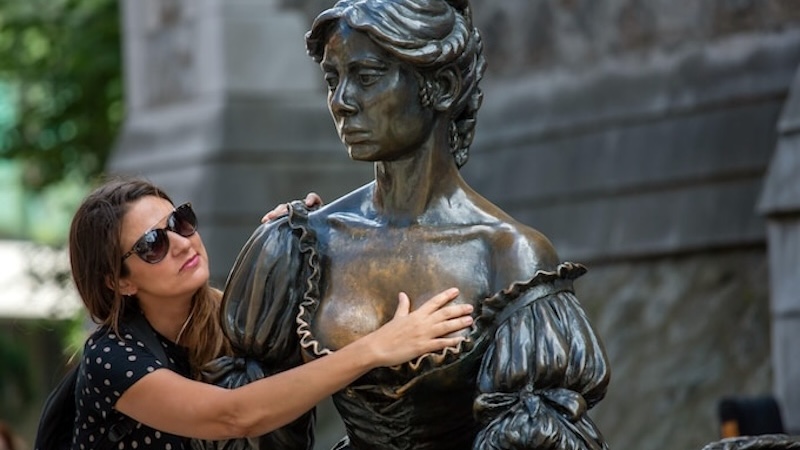
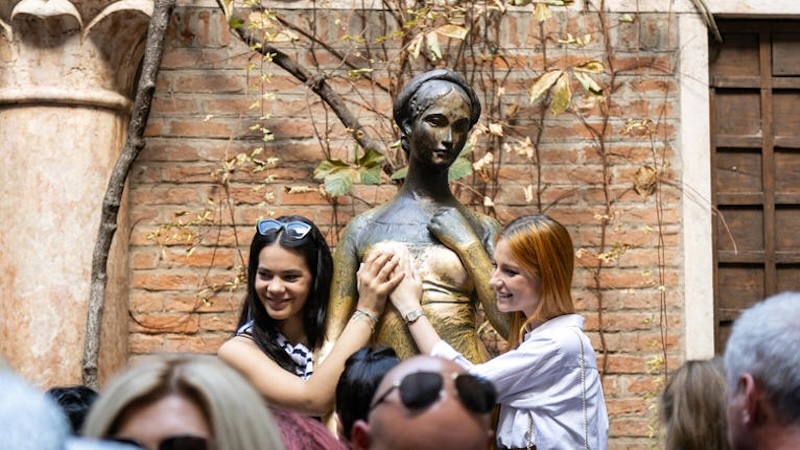
Male genitalia are not exempt, as Cristiano Ronaldo’s statue in Turin, Victor Noir’s memorial in Paris, and the Joyful Youth statue by Miloš Zet in Prague shinily attest. (I would definitely be joyful with this kind of attention.)
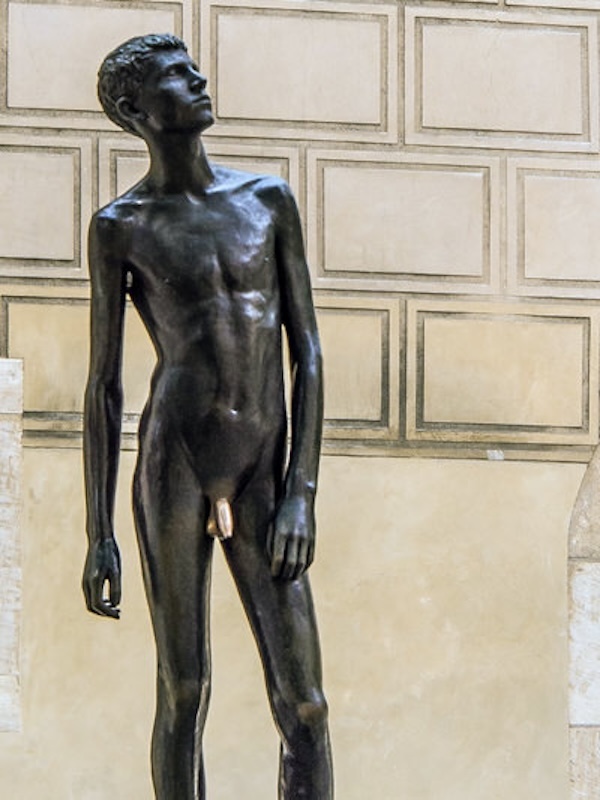
Statue rubbing is not just a western phenomenon, as this image of a well-polished Asian deity (location unknown) reveals.
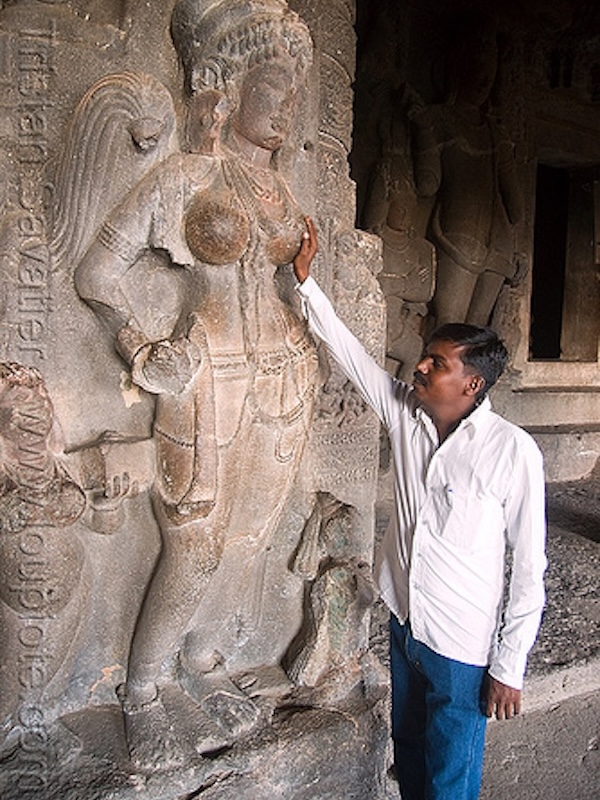
Parapraxes
It’s tempting to dismiss statue rubbing as a meaningless, self-perpetuating ritual or as rank superstition. Yet, in The Inner Game of Tennis, W. T. Gallwey reminds us that “we never repeat any behaviour which isn’t serving some function or purpose.”
In The Psychopathology of Everyday Life (1901) Sigmund Freud, the ‘father of psychoanalysis,’ posited the idea of parapraxes. Better known as Freudian slips, they are attempts by repressed impulses to break into conscious awareness.
Freudian slips are usually thought of as spoken faux pas. Visiting Mount Orgeuil in Jersey, I remember a lady reddening with embarrassment after she mentioned the castle’s impressive “fornications”—oops—fortifications.
Freud had a much broader view of parapraxes. He included not only supposed errors in speech but also of writing, memory, action, and chance events. What identified these as parapraxes was “the ability to refer the phenomena to unwelcome, repressed, psychic material, which, though pushed away from consciousness, is nevertheless not robbed of all capacity to express itself.”
Life energy
All instances of statue rubbing signal a sense of lack—whether of love, fortune, or fertility. Statues that are lightning rods for rubbing provide a ritualised container for expressing the underlying sense of incompleteness, which is often too subtle for conscious awareness—yet nevertheless seeks to express its anguish.
Whether the underlying lack is luck, love, loot, fertility or anything else, the common denominator is a shortfall of what we generally think of as sexual energy but is in fact life energy—the energy that creates and animates all life.
In a series of oscillograph experiments in the 1930s, psychoanalyst Wilhelm Reich demonstrated that human skin conducts electricity—and that some areas of skin are more conductive; in other words, they’re more alive.
Reich defined these zones as “the lips, mucous membrane of the anus, the nipples, the surface of the penis, the mucous membrane of the vagina, the ear lobes, the tongue, the palms, and—strangely enough—also the forehead.” This is why breasts and genitalia feature so prominently in statue rubbing practices.
Statue rubbing causes long-term damage and some authorities have tried to discourage the practice. We are dealing with repressed psychic material here. If you think statue rubbing will cease anytime soon, you can kiss one of these at a casino in Las Vegas.
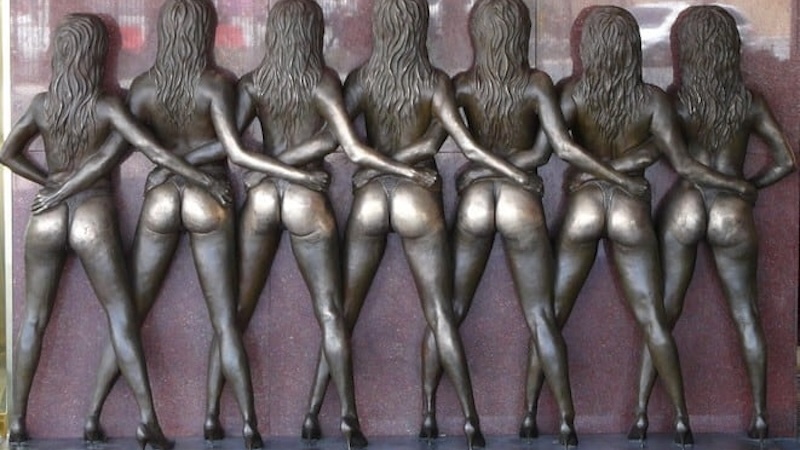
Copyright as stated on image or public domain
